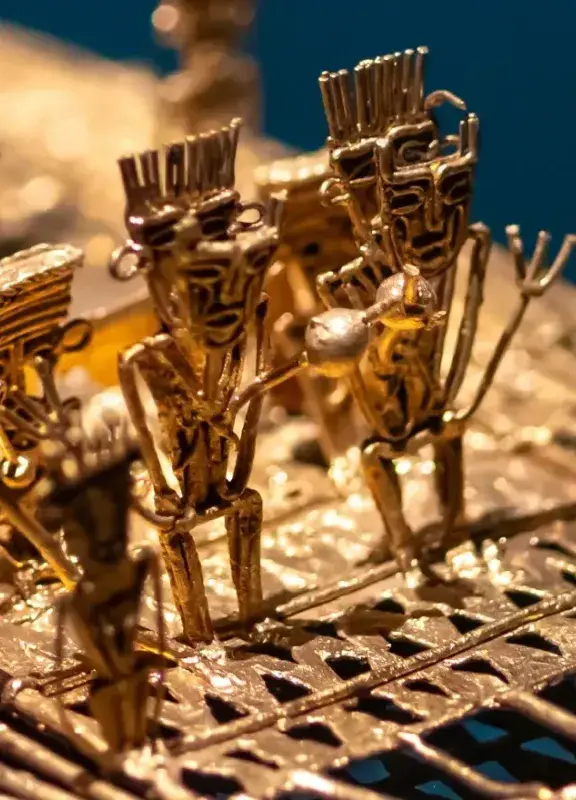Why is August 7th Flag Day?
Flag Day is celebrated on the same date as one of Colombia’s most important historic events. What’s the story behind this celebration?
August 7th is the holiday that commemorates the day on 1819 when the Battle of Boyacá was fought, the Spanish Army gave up its weapons and the Freedom Army led by Simón Bolívar was victorious. Traditionally, this date also commemorates official celebrations that revolve around national symbols.
Commemorating history
The tradition that not only honors Independence’s most important combat, but also Colombia’s national symbols began in 1834. That year, on August 7th –the 15th anniversary of the Battle of Boyacá– Francisco de Paula Santander’s government created the first escutcheon. In 1925, during President Pedro Nel Ospina’s term, August 7th was declared the national flag holiday, and it was meant to be celebrated every year after on that day. In 1942, President Eduardo Santos decreed all schools must honor the flag and take the flag oath.
The national flag’s history
The flag’s origin goes back to March 12th 1806 when Francisco Miranda, known as the Father, waved the three colored flag (yellow, blue and red) on board of brigantine Leandro next to the Venezuelan shore. Miranda designed the flag’s composition and was the first person to promote it. According to Alberto Chica Restrepo, author of Símbolos Patrios de la República de Colombia, the flag was first hoisted in Colombia at Picacho hill during the Battle of Vargas Swamp. In 1924, President Pedro Nel Orspina officially declared the national pavilion would have horizontal yellow, blue and red stripes. He also established the yellow stripe should take up half the flag, while the blue one (always in the middle) and the red one would make up a quarter each.
The meaning of colors
Distinguished personalities and historians have diverse interpretations on what the colors represent. During a speech in 1819’s Congress of Angostura, politician Francisco Antonio Zea said yellow represented “the people we love”; blue, the color of the sea, is meant to “show Spanish tyrants that the immensity of the ocean separates us from their dreadful oppression”; red is used “to make tyrants understand that we will rather declare war and drown them in our own blood in the name of humanity, than abide by the slavery they have imposed on us for over three centuries”. The most common version, as explained by the National Symbols of the Republic of Colombia Foundation, is that yellow represents our soils’ abundance and riches, as well as its sovereignty, harmony and justice. Blue symbolizes the sea, for the two oceans that bathe Colombia’s shores. Red stands for the blood that nourishes hearts and makes it come alive, according to the Presidency of the Republic.
When and where must a flag be hoisted?
According to Colombian law, the Colombian flag must be visible in all national, department, district and municipal public entities. It must be hoisted in all official offices and buildings on July 20th (Independence Day), August 7th (Battle of Boyacá Day), October 12th (Race Day) and November 11th (Cartagena’s Independence Day). In addition, the flag must be hoisted at 8 a.m. and lowered at 6 p.m.; it must not be kept hoisted at night and it can never touch the floor. Contrary to popular belief, it is wrong to include the escutcheon in the flag, for that pavilion presentation is exclusive of the Armed Forces and the President.
Want to learn more about national symbols? Find out more about our national symbols and learn why, when it comes to tradition and history, Colombia is the answer.
You may also enjoy:
 Welcome, you are in
Welcome, you are in 













